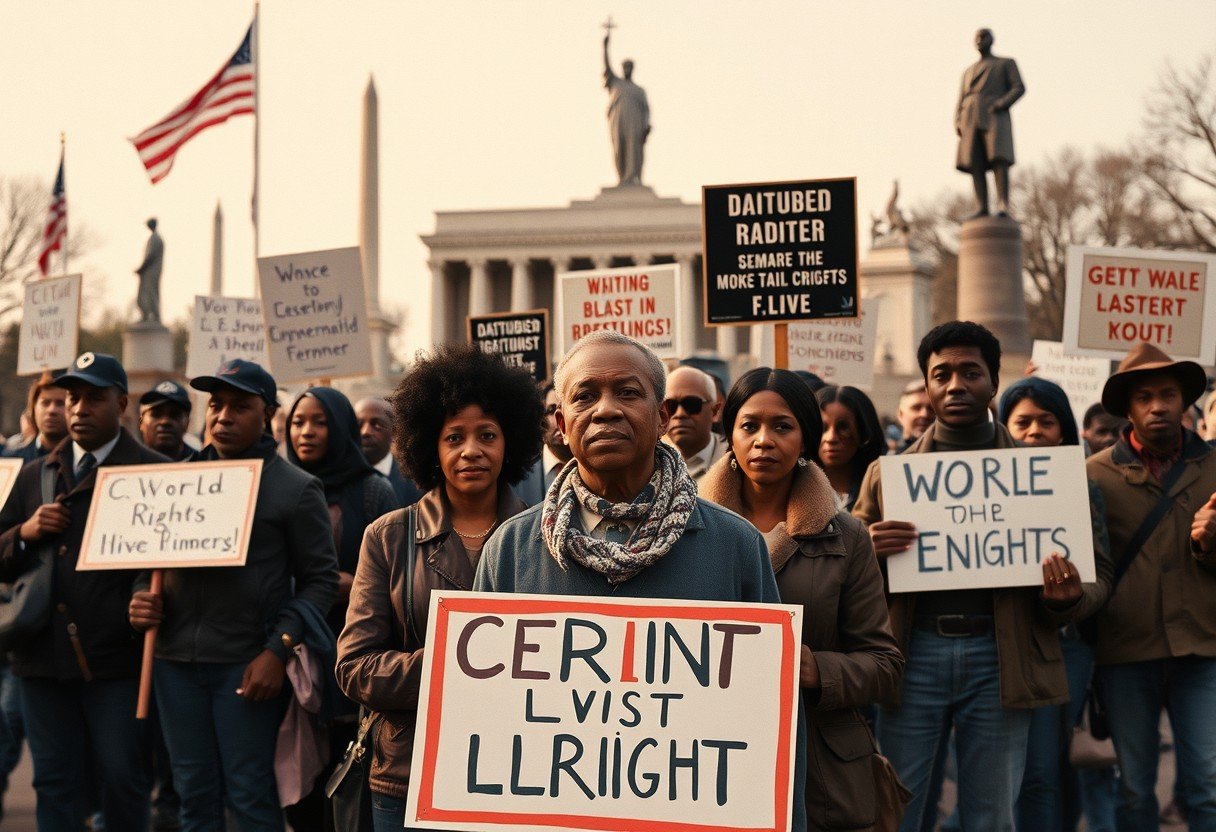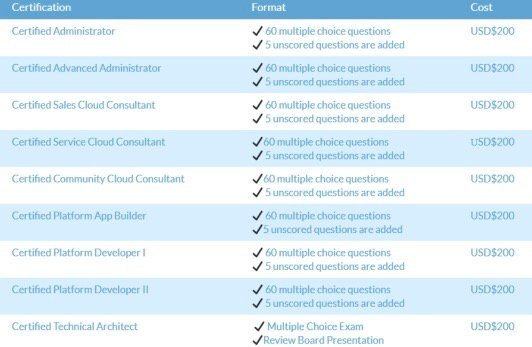Over the course of World War II, the United States championed freedom and democracy in its fight against Nazi tyranny. This global struggle, however, cast a harsh light on the deep-seated racial inequality within its own borders. The war exposed a profound hypocrisy, creating a moral crisis that would energize the fight for civil rights and fundamentally challenge the nation’s identity, laying the groundwork for monumental change in the decades that followed.
The Glaring Contradiction: Fighting Tyranny Abroad, Upholding Segregation at Home
As America positioned itself as the world’s leading defender of liberty against fascism, the reality at home told a different story. The nation operated under the system of Jim Crow, particularly in the South, which enforced strict segregation and denied African Americans basic rights.
This stark contrast was not lost on anyone. Activists and Black leaders pointed out the irony of sending soldiers to fight for freedoms in Europe that they themselves were denied in their own country. This contradiction became a powerful rallying cry, forcing a national conversation about the meaning of American ideals.
The experience of war amplified this hypocrisy. White soldiers who witnessed the horrors of Nazi racism began to question the logic of racial supremacy. For Black soldiers, fighting alongside allies in less segregated societies offered a glimpse of a world without Jim Crow, strengthening their resolve to dismantle it back home.
How Nazi Ideology Unintentionally Fueled the Fight for Equality
The core of Nazi ideology was a belief in Aryan racial purity and the dehumanization of minorities, especially Jewish people. American propaganda during the war focused heavily on condemning these racist beliefs as evil and antithetical to democracy.
This constant messaging against Nazi racism made it increasingly difficult for Americans to justify their own systems of racial oppression. If Nazi racial theories were fundamentally wrong, then the principles justifying segregation and discrimination in the United States had to be questioned as well.
The fight against fascism provided a clear, grim example of where racial hatred could lead. This allowed civil rights activists to frame their struggle not just as a domestic issue but as part of a global battle against intolerance and for human dignity.
| Nazi Practices | American Segregation |
|---|---|
| State-sanctioned genocide and extreme violence against minorities. | Legally enforced discrimination in housing, jobs, and education. |
| Propaganda promoting a “master race” and dehumanizing others. | Social customs and laws reinforcing the idea of Black inferiority. |
The Double V Campaign: A Battle on Two Fronts
The African American community rallied behind a powerful concept known as the “Double V” campaign. Promoted heavily by Black newspapers like the Pittsburgh Courier, the idea was to secure two victories: one against fascism abroad and another against racism at home.
This campaign galvanized Black Americans and highlighted their dual struggle. It articulated a clear goal and unified efforts, making it plain that their support for the war was tied to the expectation of gaining full citizenship rights.
Over one million African Americans served in the armed forces during World War II, contributing heroically to the war effort despite serving in segregated units and facing discrimination. These veterans returned as powerful and respected advocates for change, unwilling to accept second-class citizenship after fighting for their country.
A Shift in Public Opinion and the Role of Media
The war effort required national unity, and government propaganda often reflected this by portraying a more inclusive America. Films, posters, and radio programs emphasized that all Americans were in the fight together, which subtly challenged the logic of segregation.
Media coverage of Nazi atrocities brought the consequences of extreme racism into American living rooms. This exposure helped to:
- Create empathy by showing the horrific outcomes of racial hatred.
- Highlight the contributions of African American soldiers, challenging racist stereotypes.
- Provide a moral argument against discrimination that was easy for the public to understand.
As a result, public opinion began to slowly shift. While deep-seated prejudice remained, the moral foundation for institutional racism was significantly weakened. More white Americans started to see racial discrimination as a problem that needed to be addressed.
From the Battlefield to the Courthouse: Post-War Legislative Changes
The momentum from the war years translated into concrete political action. The returning veterans, especially, became a powerful force for change, demanding the rights they had fought for.
One of the first major steps came in 1948 when President Harry S. Truman issued Executive Order 9981, which officially desegregated the armed forces. This was a landmark decision and a direct result of the pressure built during and after the war.
This period also saw the beginning of legal challenges that would chip away at segregation, setting the stage for future landmark Supreme Court decisions like Brown v. Board of Education. The war had changed the political climate, making it more difficult for leaders to ignore the calls for justice and equality under the law.
Legacy of Resistance: Paving the Way for the Civil Rights Movement
The struggle against Nazism did not end racism in America, but it profoundly discredited the ideology of white supremacy. It armed a generation of activists with a powerful moral argument and the organizational experience needed for a larger fight.
The connections made between fighting fascism abroad and racism at home became a central theme of the Civil Rights Movement of the 1950s and 1960s. Leaders like Martin Luther King Jr. often drew upon the language of freedom and democracy that had defined the war effort.
Ultimately, World War II served as a crucial catalyst, transforming the struggle for racial equality from a regional issue into a national imperative. The fight against Nazi tyranny exposed America’s deepest contradictions and, in doing so, laid the essential groundwork for the Second Reconstruction and the ongoing pursuit of a more perfect union.
Frequently Asked Questions
How did World War II change American views on race?
The war exposed the hypocrisy of fighting a racist regime in Germany while practicing segregation at home. This contradiction forced many Americans to re-examine their own beliefs about racial inequality, weakening the moral arguments for discrimination.
What was the Double V campaign?
The Double V campaign was a slogan and movement led by African Americans during WWII. It stood for “Victory over fascism abroad and Victory over racism at home,” unifying the Black community’s support for the war with their fight for civil rights.
What role did African American soldiers play after the war?
Returning Black veterans were instrumental in the Civil Rights Movement. Having fought for freedom overseas, they were less willing to accept discrimination at home and became key leaders and activists in their communities, demanding equal rights and opportunities.
How did the Cold War affect the civil rights struggle?
After WWII, the U.S. was in a global ideological battle with the Soviet Union. American racism was used as Soviet propaganda to highlight the failures of democracy, pressuring the U.S. government to address racial inequality to improve its international image.
Did fighting the Nazis lead to immediate changes in civil rights?
While not immediate, it sparked significant change. The most notable early change was President Truman’s 1948 order to desegregate the military. The war created the momentum and moral urgency that fueled the major legislative victories of the Civil Rights Movement in the following decades.







Leave a Comment